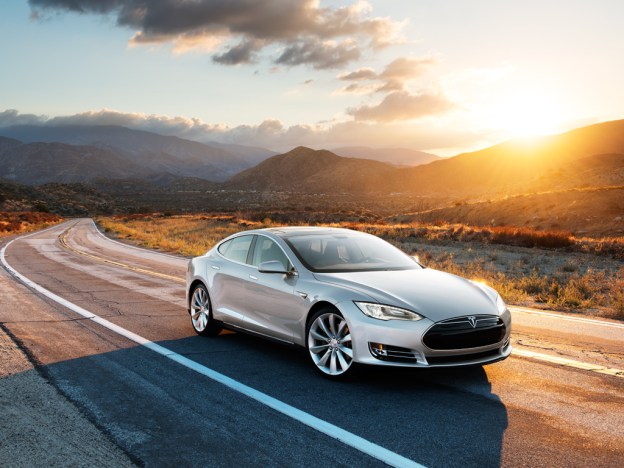
If you’ve followed the news in the past week, you’ve probably seen the battle of wits, statistics, and data between the New York Times and Tesla CEO Elon Musk. Earlier in the month, the NYT published a story claiming that Tesla’s all-electric Model S luxury sedan didn’t live up to its 300-mile-per-charge range. Even worse, the story explained how the author was stranded on the side of the road, leaving the car to be hauled away on the back of a flatbed truck.
Now, let’s be honest: a negative review like that from an organization as large at the NYT is a big deal, and Elon Musk knew that. But, rather than issuing an apology, Tesla’s CEO pulled driving data from the review car to disparage and discredit much of the article’s legitimacy. Where the author claimed that the car wasn’t as reliable as he had hoped, Tesla countered by stating that the driver downplayed his aggressive driving and time spent charging the car. So, the question left is this: do you believe the objective penmanship of one of the world’s largest news outlets, or do you believe the data generated by Tesla that proves that the story was embellished?
In an interview with Bloomberg over the weekend, Musk stated that this debacle cost the automaker $100 million in value. “We did actually get a lot of cancellations […]probably a few hundred[…] as a result of the New York Times article,” said Musk in the interview. “It probably affected us to the tune of tens of millions, to the order of $100 million, so it’s not trivial, [but] I would say that refers more to the valuation of the company.”
Musk claims that the Model S continues to garner more attention and more reservations with each passing quarter. However, it also seems that this media conflict may have put a damper on the startup company’s sales growth.
As we walk away from this duel, there’s one thing we know for sure: both Tesla and the NYT have their reputations at stake here, and neither are particularly excited about biting the bullet. There are certainly questions that have been raised about the newspaper’s integrity, and we now know that Tesla has suffered a financial loss, too. We just hope that everyone can play nice in the sandbox, allowing the Times to continue writing great stories, and Tesla to continue building its very cool, very progressive electric sport sedans.


